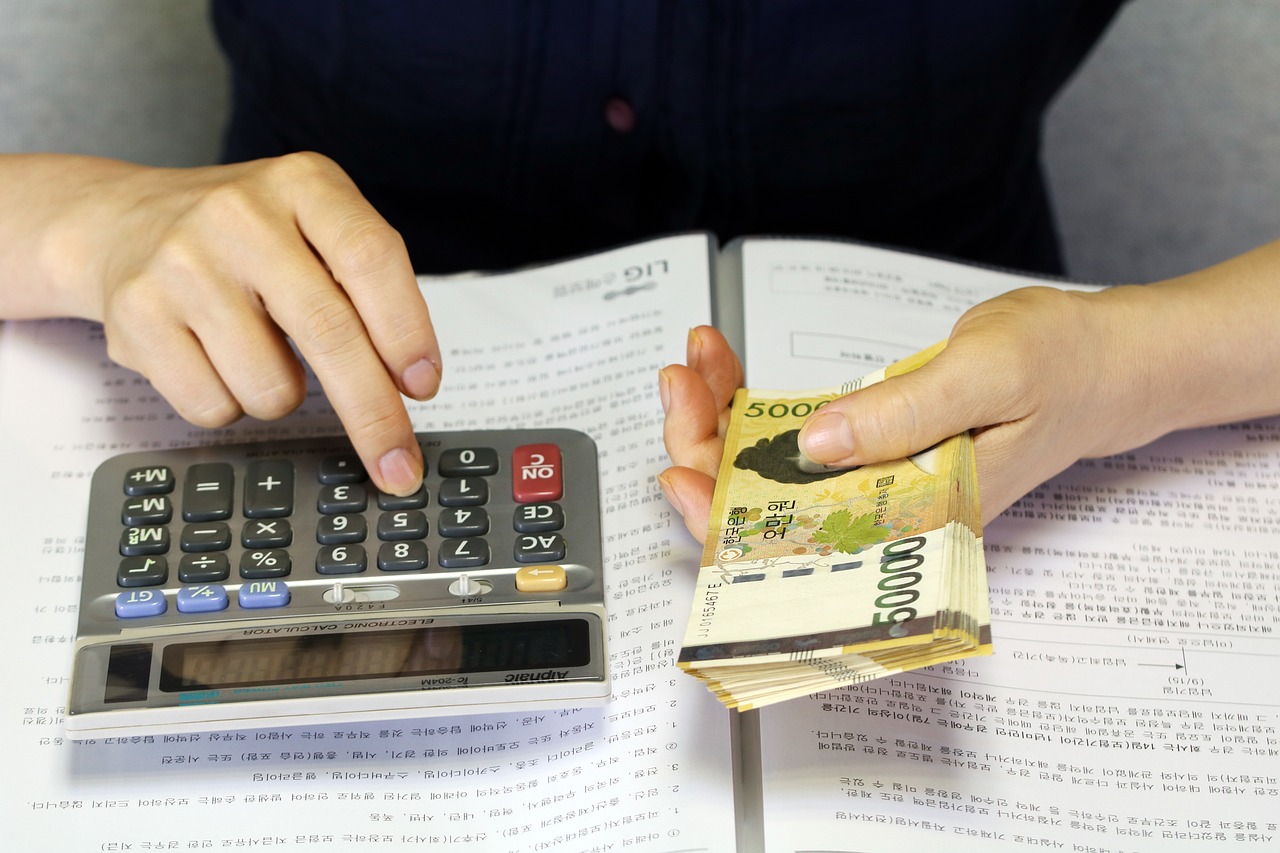Security Code in Money Transfers: Risks, Exceptions, and Consequences of Unprotected Transactions
GPT_Global - 2025-09-10 14:00:40.0 20
Is it possible to bypass the security code for certain types of transfers?
When sending money across borders, security is a top priority. Many customers often ask, “Is it possible to bypass the security code for certain types of transfers?” The answer is no. Security codes are in place to protect both the sender and the recipient from fraud and unauthorized access. These codes act as a safeguard, ensuring that only the rightful parties can complete a transaction. In the remittance industry, bypassing security measures would expose customers to significant risks, including stolen funds and identity theft. Reputable money transfer services are regulated and must comply with strict international security standards. This means that every transaction is encrypted, verified, and protected by multiple layers of authentication, including security codes. For customers, this extra step might feel like a small inconvenience, but it ensures peace of mind. By requiring security codes, remittance providers demonstrate their commitment to protecting users’ money. So, while bypassing the code is not possible, it’s actually a benefit—it keeps your funds safe throughout the transfer process. Always use licensed remittance services to guarantee your transactions remain secure and reliable.
How do I send money if I don't have access to my security code?
Sending money abroad is convenient, but many customers worry about what happens if they don’t have access to their security code. This situation is common, and the good news is there are still safe ways to complete your remittance. Understanding your options helps you avoid delays and ensures your funds reach your loved ones quickly.
If you can’t access your security code, the first step is to contact your money transfer provider directly. Most reputable services have alternative verification methods such as ID checks, registered phone numbers, or security questions. These backup options allow you to continue your transfer while keeping your account secure. It’s important never to share personal details with unverified sources.
Another solution is to use the provider’s official mobile app or website, where you may reset or recover your security code. Many remittance companies also provide customer support hotlines or in-branch assistance for urgent cases. By acting quickly, you can complete your transaction and avoid unnecessary delays. Always keep your contact information updated so you can easily verify your identity in the future.
In short, not having your security code doesn’t mean you can’t send money. With proper verification steps and support from your provider, you can still ensure safe and reliable remittance anytime you need it.
What security risks are there when sending money without a security code?
Sending money without a security code may seem like a convenient option, but it comes with significant security risks. Without proper security verification, transactions become vulnerable to unauthorized access, which could lead to fraud or theft. In this article, we’ll discuss why it’s crucial to prioritize secure payment methods in the remittance business.
One of the main risks is the potential for identity theft. Without a security code, hackers or fraudsters could intercept sensitive financial information, posing a risk to both the sender and the recipient. These attackers could use stolen details to access bank accounts or make unauthorized withdrawals.
Another issue is the lack of transaction verification. A security code helps to authenticate a transfer, ensuring that both parties are legitimate. Without it, funds may be sent to the wrong recipient, leading to disputes and the possibility of losing money.
In conclusion, always prioritize secure payment options that include security codes to safeguard your money. Using these features will help protect your transaction, prevent fraud, and build trust between the remittance service and customers.
Can someone else send money from my account without the security code?
In today’s digital world, security is a top priority when it comes to financial transactions. A common concern among users is whether someone else can send money from their account without the necessary security code. The short answer is no – with proper security protocols in place, unauthorized transactions are highly unlikely.
Remittance services typically require a multi-step verification process before transferring funds, such as a security code, two-factor authentication, or biometric verification. These measures ensure that only authorized users can initiate transactions. Without these security features, it would be impossible for anyone to access your account and send money on your behalf.
However, it’s essential to keep your account details, including your PIN and security codes, confidential. Avoid sharing this information with others and regularly update your passwords to enhance security. If you suspect unauthorized access, contact your remittance provider immediately to resolve the issue.
In conclusion, as long as you follow security best practices, your account remains protected, and no one can send money without your security code.
Are there exceptions where a security code isn’t required to transfer funds?
When transferring funds, especially in the remittance business, security codes are typically required to ensure safe transactions. These codes act as an added layer of protection against fraud and unauthorized access. However, there are certain exceptions where a security code may not be required.
One common exception occurs when a customer has a pre-established relationship with the remittance provider and has verified their identity through multiple means. This trust may result in waived security codes for some transactions. Additionally, certain small-value transfers may bypass the security code requirement for efficiency, especially when dealing with trusted platforms and repeat transactions.
Another exception involves transfers that use biometric verification, such as fingerprint or facial recognition technology, which can replace the need for a security code. In some cases, transfers through certain digital wallets or authorized third-party platforms may also waive security code requirements, provided the transaction is initiated within a secure, pre-approved environment.
It’s important to note that even when exceptions are made, customers should always ensure their transactions are secure. Remittance providers may impose different security measures depending on the region, transaction amount, and method of transfer.
About Panda Remit
Panda Remit is committed to providing global users with more convenient, safe, reliable, and affordable online cross-border remittance services。
International remittance services from more than 30 countries/regions around the world are now available: including Japan, Hong Kong, Europe, the United States, Australia, and other markets, and are recognized and trusted by millions of users around the world.
Visit Panda Remit Official Website or Download PandaRemit App, to learn more about remittance info.



